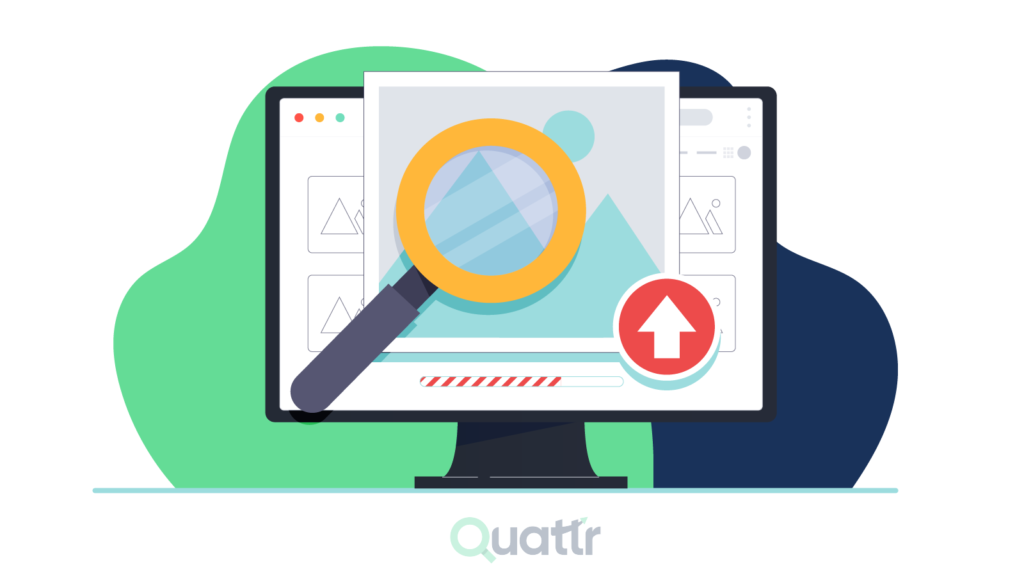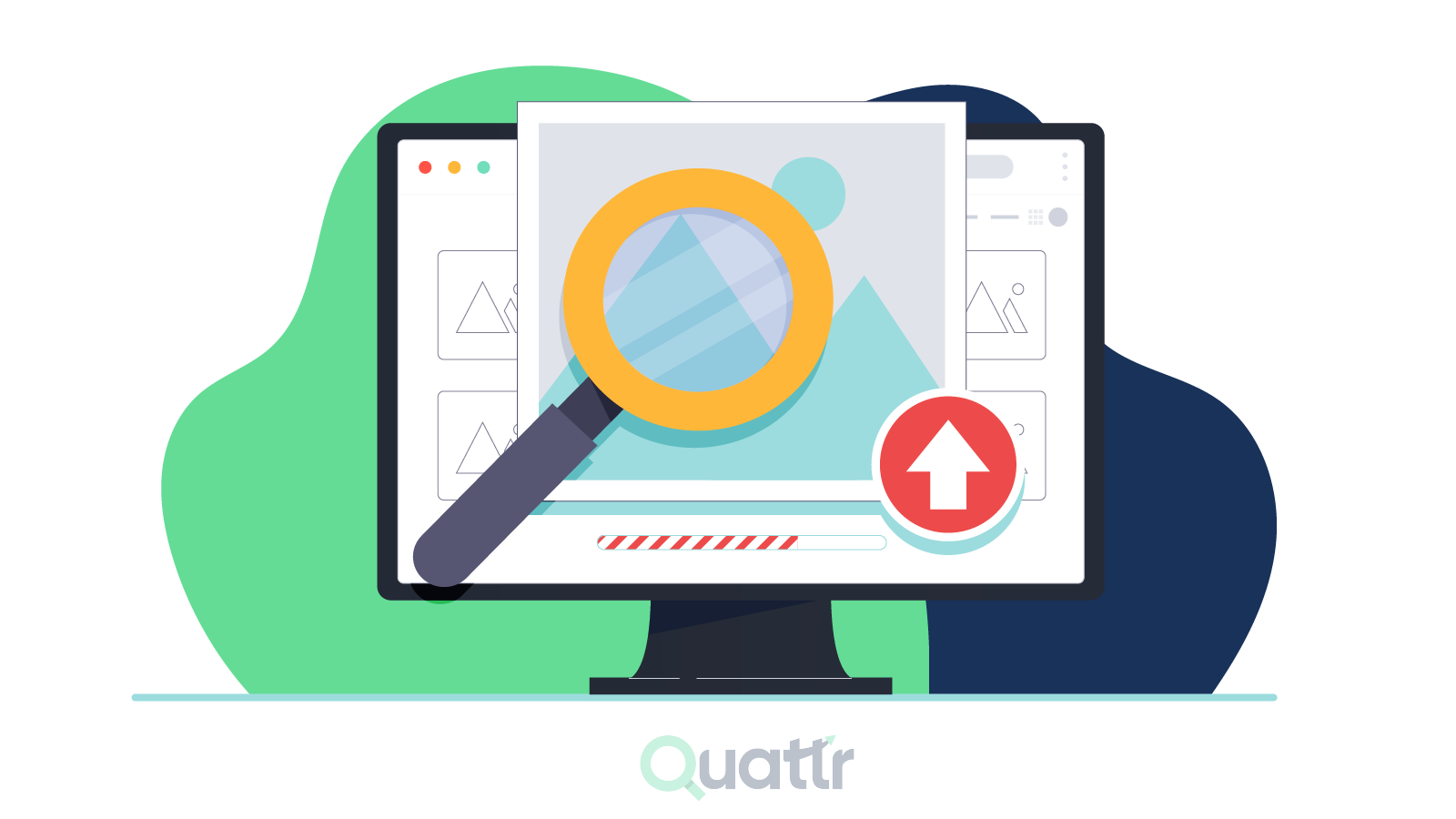How To Optimize Images For SEO
Images play a crucial role in enhancing the visual appeal and user experience of a website. However, they can also impact your website’s SEO if not optimized properly. In this article, we will explore the importance of image optimization for SEO and provide you with effective strategies to optimize images for better search engine rankings.
I. Importance of Image Optimization for SEO
a. Page Loading Speed: One of the key reasons to optimize images for SEO is to improve page loading speed. Unoptimized images can significantly slow down website loading times, which can negatively impact user experience and search engine rankings. By properly optimizing images, you can reduce file sizes and ensure faster page load times.
b. User Experience: Optimized images contribute to a positive user experience. High-quality and visually appealing images make your website more engaging and attractive to visitors. When users have a positive experience on your website, they are more likely to stay longer, explore your content, and potentially convert into customers. Lower bounce rates and longer visitor sessions are positive signals for search engines, which can improve your SEO performance.
c. Image Search: Optimized images can also appear in search engine image results, providing an additional opportunity to drive organic traffic to your website. When users conduct image searches related to your content, properly optimized images have a higher chance of being discovered and clicked on. By optimizing images with relevant keywords and descriptive attributes, you increase the visibility and discoverability of your content.

II. Strategies for Optimizing Images for SEO
a. File Size Optimization: Compressing images without sacrificing quality is a crucial aspect of image optimization. Large image file sizes can slow down your website, so using compression tools or plugins can significantly reduce file sizes while maintaining image quality. This helps improve page loading speed and overall website performance.
b. Image Format Selection: Choosing the appropriate image format is essential for optimization. JPEG format is ideal for photographs or complex images, as it provides a good balance between image quality and file size. PNG format is suitable for graphics or images with transparency. By selecting the right image format, you can ensure optimal visual quality while keeping file sizes as small as possible.
c. Image Naming: When naming your image files, use descriptive and relevant file names that include keywords. This helps search engines understand the content of the image and improves its visibility in search results. Avoid generic file names like “image001.jpg” and instead use descriptive names that accurately represent the image’s content.
d. Alt Text Optimization: Alt text, or alternative text, is a text description of an image that appears when the image cannot be displayed. Optimizing alt text is crucial for SEO as search engines rely on this information to understand and index images. Include descriptive and keyword-rich alt text that accurately represents the image’s content while keeping it concise and avoiding keyword stuffing.
e. Image Captions and Titles: Utilize image captions and titles to provide additional context and relevance to your images. Incorporate relevant keywords in the captions and titles to enhance their SEO value. Captions and titles not only provide useful information to users but also give search engines more context about the image’s content.

f. Responsive Images: Implement responsive design techniques to ensure that your images adapt seamlessly to different screen sizes and devices. This helps improve user experience by ensuring that images are displayed correctly and optimally on various devices. Responsive images contribute to a positive mobile experience, which is crucial for SEO, considering the increasing use of mobile devices for browsing.
g. Image Sitemaps: Creating an image sitemap is beneficial for search engines to discover and index your images more efficiently. An image sitemap includes important metadata such as image location, license information, and captions. By providing search engines with structured data about your images, you enhance their understanding of your image content and increase their chances of being ranked appropriately in search results.
III. Monitoring and Evaluation
Regularly monitor the performance of your optimized images using tools like Google Search Console. Track their visibility in search engine image results, click-through rates, and user engagement metrics. Analyze the data and insights gathered to evaluate the effectiveness of your image optimization strategies. Make adjustments and improvements based on the findings to continually enhance the SEO performance of your images.
In conclusion, optimizing images for SEO is an essential practice to enhance your website’s performance, user experience, and visibility in search engine results. By following the strategies outlined above, such as optimizing file sizes, selecting appropriate image formats, using descriptive file names and alt text, and implementing responsive design, you can significantly improve your website’s SEO and attract more organic traffic.
Key Point Summary:

- Optimizing images for SEO improves page loading speed, user experience, and visibility in search engine image results.
- Strategies for image optimization include compressing file sizes, selecting appropriate image formats, using descriptive file names and alt text, and implementing responsive design.
- Regular monitoring and evaluation of image performance using tools like Google Search Console is essential.
- Image optimization enhances your website’s SEO, resulting in better user experience and increased organic traffic.
Contact our Vietnam team today to learn more about optimizing images for SEO and improving your website’s overall performance.



